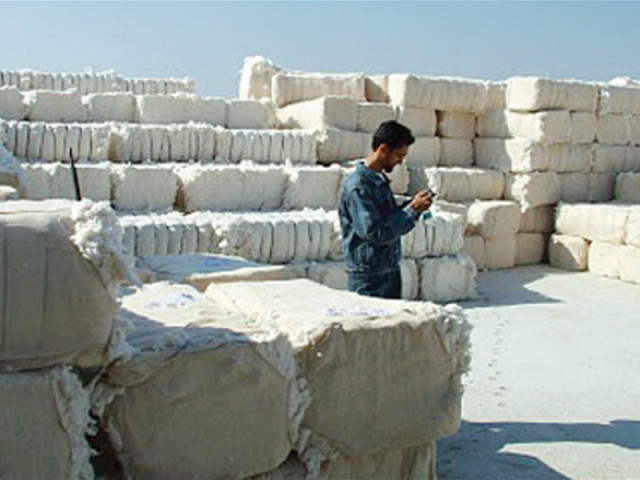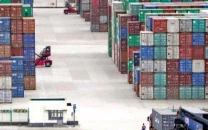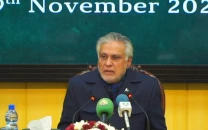Cotton targets revised upwards for next season
Senate panel seeks cost-benefit analysis of gas supply to captive power plants.

Senate panel seeks cost-benefit analysis of gas supply to captive power plants. PHOTO: FILE
Cotton production for the upcoming season has been estimated from cotton cultivation on eight million acres of land, against 13.3 million bales from seven million acres of land in the outgoing season, Cotton Commissioner Dr Khalid Abdullah said while briefing the committee. The Senate Standing Committee on Textile and Production had met here with Senator Maula Baksh Chandio in the chair.
“Due to water shortages during sowing time and later floods and rain, about one million of cotton were destroyed during the outgoing season,” said the commissioner, adding that the target for the outgoing season is less than the preceding year’s output of 13.59 million bales.
Textile Industry Secretary Dr Waqar Masood said the government is providing 225 million cubic feet of gas per day (mmcfd) to 434 textile units that employ captive power plants. These plants generate about 680 megawatts (MW) of electricity, but this power is for their own consumption and is not provided to the national grid station.
The secretary criticised the policy of gas provision to textile units, and urged that this gas supply should be directed to four power plants in Lahore which work more efficiently and produce more power. “The power produced by the power plants would be cheaper and will facilitate the general public,” Masood said.

There are 254 textile units, including spinning, weaving and composite units, which receive gas for captive power generation from the Sui Northern Gas Pipelines Limited network.
Average gas consumption of these 254 captive power units is approximately 180mmcfd. As regards, power produced from these captive power textile units, is depends upon the efficiency of the equipment installed, the panel was told. Approximately 3 MW of power can be produced from 1 mmcfd of gas, the secretary claimed.
Senator Usman Saifullah Khan said that it is not the job of textile mills to produce power, and suggested that the government ensure power to the textile industry and divert gas supply to power plants which work more efficiently and produce more power.
The committee asked the Ministry of Water and Power and the Ministry of Petroleum and Natural Resources to provide details in the next meeting pertaining to the gas supply policy to captive power plants and their impact on national production capacity.
Published in The Express Tribune, March 22nd, 2013.
Like Business on Facebook to stay informed and join in the conversation.











1729471601-0/image-(8)1729471601-0-208x130.webp)







COMMENTS
Comments are moderated and generally will be posted if they are on-topic and not abusive.
For more information, please see our Comments FAQ